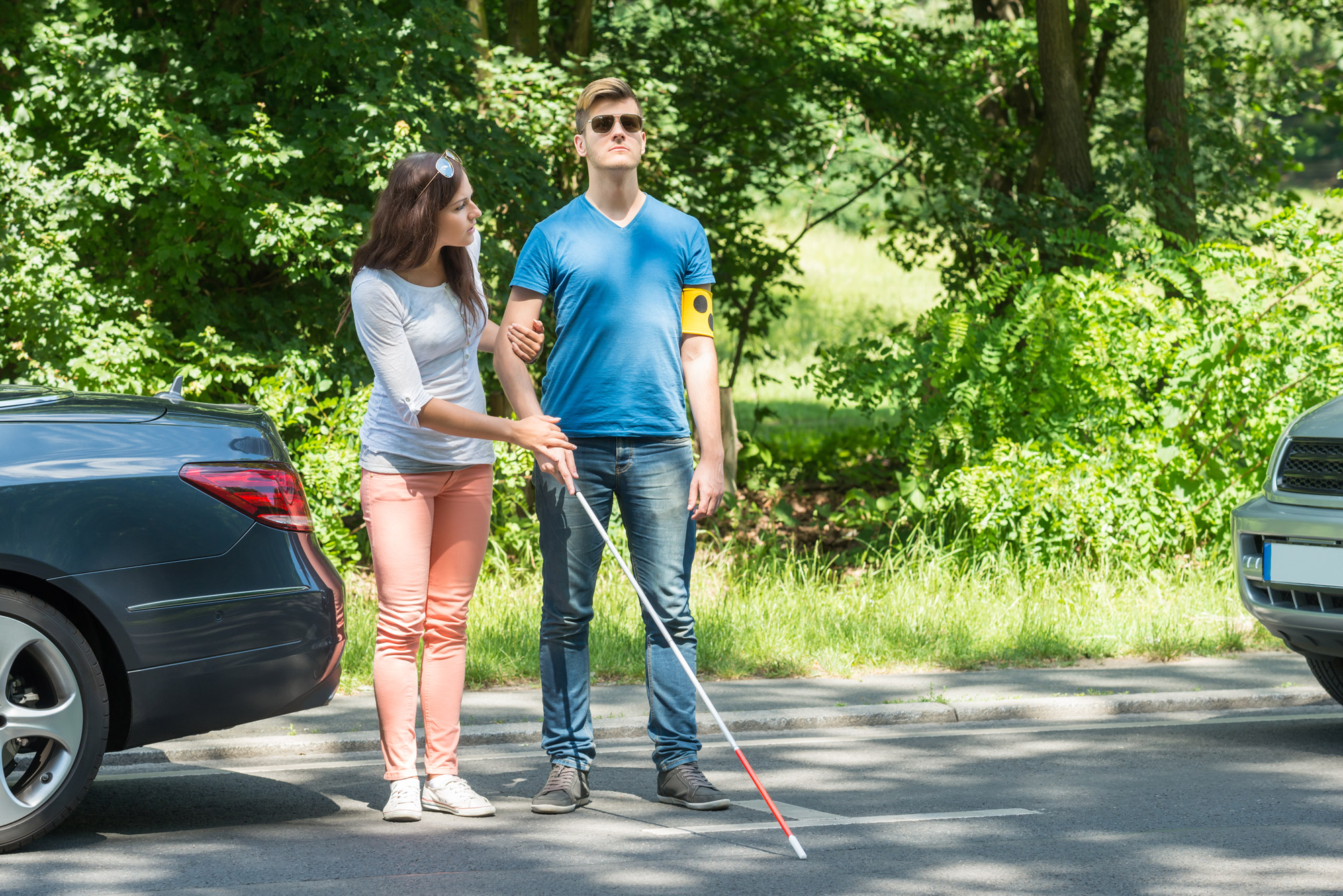
9 Facts about Blindness and Low-Vision You Didn't Know
Visually impaired people are all around us. Unfortunately, there are very few who take the time to learn about blindness and low-vision, and this makes the world a much more difficult place to live for those who suffer from these conditions. After all, it’s very challenging to be helpful and take steps toward positive change when you have no idea who you’re helping or what needs to be met.
That said, people like you can change this. It all begins with education. Read on to learn 9 fascinating facts about blindness and low-vision that you likely didn’t know before.
Blindness comes in varying degrees.
While 10–15% of the blind population can’t see anything at all, most of the individuals who are legally blind can still see shapes, lights, and colors to some extent. Those who have some level of sight use what they can see to their advantage.
Not all blind people use canes.
The age-old stereotype of a blind person walking down the street with a white cane isn’t 100% accurate. In fact, only about 2% of blind individuals choose to use this tool to get around. This means you won’t necessarily know when a blind person walks by.
We have the power to drastically decrease the number of blind people in the world.
That’s right: 80% of the world’s blindness could be prevented or cured with regular health exams and quick action. Unfortunately, the care needed isn’t always readily available or affordable, meaning far too many people are losing all or part of their sight.
Being blind can cause sleep issues.
An enormous number of blind US citizens suffer from something called Non-24-Hour Sleep-Wake Disorder, a health issue characterized by insomnia and sleeping at odd times during the day. This is likely because totally blind individuals don’t receive the light input needed for their internal clock to function properly.
Nightmares are a problem as well.
On top of the circadian rhythm issues mentioned above, blind people also have to deal with frequent nightmares. It’s estimated that the blind have up to 4x as many nightmares as those who can see clearly. Considering the raised number of daily threats for those who don’t see well, this actually makes sense.
Love and loyalty are apparently strong points for the blind.
As many as 65% of blind and low-vision people in America are married or in a committed relationship, and the divorce rate among the blind is only 16.5%. Amongst the general population, only about 58% of citizens are married and the divorce rate is an astounding 40–50%.
Guide horses are an option.
Yep, you read that right. Some blind individuals choose to use guide horses instead of guide dogs. These miniature horses are trained to do all the same things a guide dog can do, making them a great option for those with dog allergies or those who are afraid of dogs.
Schizophrenia is not a concern.
When a person is born blind, they needn’t worry about developing schizophrenia. Not a single case of schizophrenia in a person who was blind since birth has ever been recorded. That said, these individuals are at risk for autism spectrum disorders, meaning we should watch for autistic tendencies in our blind loved ones.
Blind people prove that facial expressions are innate.
Even a person who has been blind since birth will smile when happy and frown when sad. This proves that many of our facial expressions aren’t copied or societal, but are ingrained in our biological code.
There you have it – 9 amazing facts about blindness and low-vision. Since education is often the key to making the world a better place, we hope you will share these awesome tidbits with family and friends and continue to educate yourself on the topic of visual impairment.


